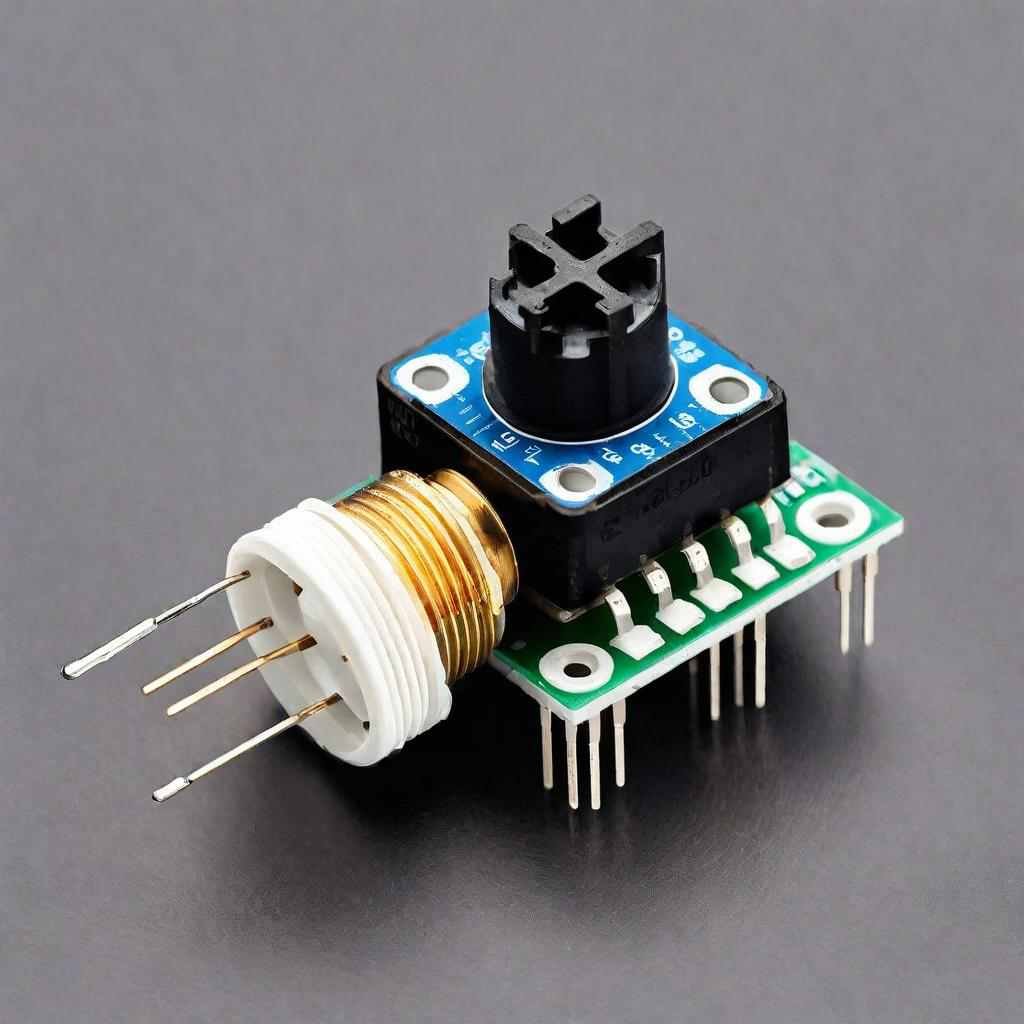How Do Washing Machines Heat Up Water:
Laundry is now a more convenient and effective task because to the ubiquitous presence of washing machines in contemporary homes. The capacity of washing machines to heat water is an essential characteristic that improves cleaning by eliminating bacteria and better dissolving detergents. However, how precisely do washing machines warm water? Let us examine the technology and physics underlying this crucial operation.
The Basics of Water Heating in Washing Machines

The majority of contemporary washing machines include integrated heating components. These components are in charge of bringing the water’s temperature up to the user-specified temperature. The procedure is not too complicated, but it does require a few essential parts to function as a unit.
The Heating Element
The heating element in a washing machine is the central component that heats the water. Usually constructed of stainless steel or nickel-based alloys, this is a metal coil or rod that can tolerate high temperatures as well as extended contact to water and detergents.
The heating element in the machine receives an electrical signal from the control unit when you choose a wash cycle that calls for hot or warm water. Heat is produced by the element’s resistance when the current passes through it. The water surrounding the element then receives this heat, gradually increasing its temperature.
Temperature Sensors and Thermostats
Washing machines have thermostats and temperature sensors to make sure the water is heated to the proper temperature. These gadgets connect to the machine’s control unit and continuously check the water’s temperature.
The thermostat alerts the control unit to turn off the heating element’s power supply when the water reaches the proper temperature, avoiding overheating. On the other hand, the heating element is reactivated to ensure constant heat if the water temperature falls below the predetermined level throughout the wash cycle.
Water Inlet Valves and Mixing
The water temperature in many washing machines is also controlled by combining hot and cold water, particularly in those that are connected to dual hot and cold water supply. Before the water even reaches the heating element, the machine’s control system regulates the opening and closing of the inlet valves to produce the correct temperature.
The machine will open the hot and cold water inlet valves to mix water in the proper ratio, for example, if you choose the warm wash cycle. After entering the drum, the preheated water can, if necessary, be heated even more by the internal heating element.
Energy Efficiency and Modern Innovations
The energy-intensive operation of heating water in washing machines has seen notable improvements in energy efficiency from manufacturers. Energy-saving options and environmentally friendly wash cycles that maximize water heating are common features of modern washing machines.

Certain more sophisticated models feature heat pump technology, which functions similarly to how an air conditioner or refrigerator does—that is, by transferring heat from the surrounding air to the water. When it comes to energy efficiency, this technique outperforms conventional resistance heating elements.
Conclusion
Knowing how washing machines heat water helps us appreciate the technology that improves our quality of life. Every part, from the complex control systems to the heating element and thermostats, is essential to providing the ideal wash. We may anticipate even more eco-friendly and effective features in washing machines in the future as technology develops, which will make doing laundry even less of a chore.
In order to guarantee that your clothes come out clean and fresh, you will now know exactly what is occurring behind the scenes the next time you load your washing machine and set it to a hot or warm cycle.
1. Does a Washing Machine Use Electricity to Heat Water?
Yes, the water in a washing machine is heated by electricity. The water is heated to the appropriate temperature by an electric heating element inside the device, which is comparable to those seen in electric kettles. This heating element is turned on by the machine’s control unit when you choose a wash cycle that calls for hot or warm water. Heat is produced by the element as electricity passes through it, and this heat is then transmitted to the water. This procedure makes sure the water reaches the right temperature for your laundry to be cleaned and sanitized efficiently.
2. How hot does the water get in a washing machine?
Depending on the settings you select, the water temperature in a washing machine can change. The highest water setting typically reaches 140°F (60°C). The typical temperature range for warm water settings is 90°F to 110°F (32°C to 43°C), whereas the typical temperature range for cold water settings is 60°F to 75°F (15°C to 24°C), depending on the cold water supply in your home. These temperature settings enable the wash cycle to be customized for various fabric kinds and cleaning requirements.
3. Do Washing Machines Heat Water? Here’s How They Work”
Indeed, water is heated in washing machines. The water is heated to the proper temperature using an internal electric heating element found in modern machines. The machine’s control unit transmits energy to the heating element, which produces heat, when you choose a wash cycle. The water inside the drum then receives this heat. Thermostats and temperature sensors make sure the water is at the right temperature and stays there, cleaning your laundry efficiently.
4. How can washing machines heat water?
An internal electric heating element is one way that washing machines may heat water. This element receives energy from the machine’s control system when you select a wash cycle that calls for warm or hot water. The water in the drum receives heat from the element as it heats up. Temperature sensors guarantee that the water reaches the appropriate temperature, enabling the best possible cleaning results.
5. How is washing machine water heated?
Machine for washing An internal electric heating element heats the water. This element heats up when the hot or warm wash cycle is selected because energy is sent to it. The temperature of the water in the drum is then raised via the transfer of heat. In order to guarantee that the water reaches and stays at the ideal heat level for efficient cleaning, temperature sensors monitor and control the operation.

